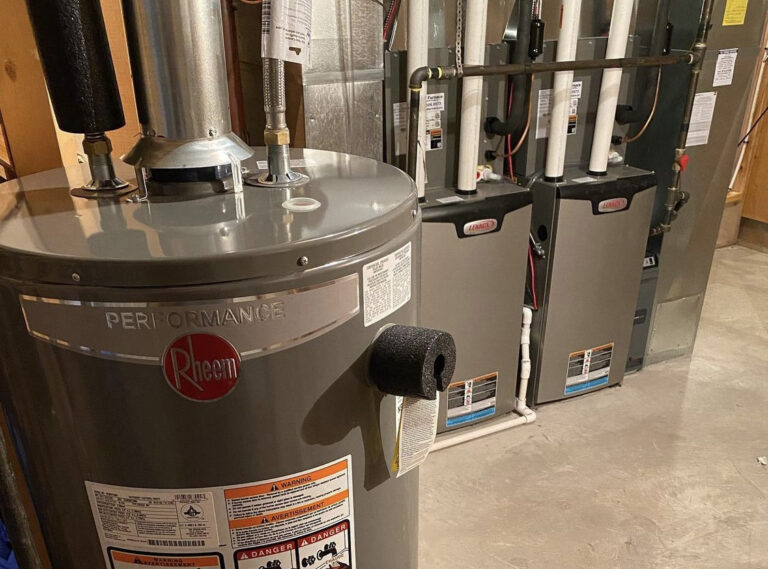Also referred to as a water heater, a hot water tank happens to be one of the most essential appliances in almost every household in present times. We have briefly explained hot water tank installation in Calgary in one of our previous blogs. Today, we will try to understand how a water heater works.
A hot water tank is responsible for providing hot water for daily activities, such as washing dishes, showering, and doing laundry. Understanding the general working principle of one can help you diagnose common issues and ensure that it continues to operate optimally for years to come.
Primary Working Principle of a Hot Water Tank
The core function of a hot water tank is to heat the water and store it in an attached reservoir until any requirement comes up. The tank is typically made of steel or any other material with high durability and comes with insulation to prevent natural heat loss. A heating element or burner at the bottom of the tank heats the water and maintains its temperature at the desired level until you release the heated water.
Tank-Style Water Heater
There are two major categories of present-day water heaters that you may purchase these days, namely, tank-style and tankless. For the uninitiated, when it comes to the former kind, cold water enters the reservoir through a pipe before the electric heating element or a gas burner underneath starts heating the same.
Next, the hot water rises to the top of the tank and remains stored until you require it. A thermostat on the tank makes sure that the water temperature is always at the preferred level by activating and deactivating the heating element or burner underneath.
(TIP: Call a leading general contractor like AJ Furnace with a record of accomplishment in hot water tank installation in Calgary if you suspect of late that your water heater has ceased working properly.)
The tank is also equipped with a release valve that opens as soon as the water pressure crosses the safe limit. This effectively helps to prevent the tank from exploding and causing significant damage to its surroundings as well as injuring anyone who may be in the vicinity at that time and possibly utilizing the water heater. A drain valve at the bottom of the tank allows for easy periodic maintenance and water draining as per requirement.
Tankless Water Heater
As obvious at it may sound, there is no reservoir in a tankless water heater and water passes through a heat exchanger, where an electric heating element or gas burner heats the same as it flows through the pipes before reaching the faucet or the appliance where you may need hot water.
Note that tankless water heaters are increasingly energy-efficient when compared to tank-style water heaters because they do not need to produce a supply of heated water until you require it, and hence, do not consume electricity or gas constantly to maintain a large tank of hot water all the time.
How to Maintain a Hot Water Tank
Make a point to flush your water heater as often as possible to maintain the same and you will dispose of any sediment that may have accumulated at the bottom of its tank in the process. It can cause a hot water tank to function less efficiently and may even damage the electric heating element or gas burner. You must remember to check the release valve as well as the drain valve regularly by roping in a top local professional with diverse experience in hot water tank installation in Calgary.

